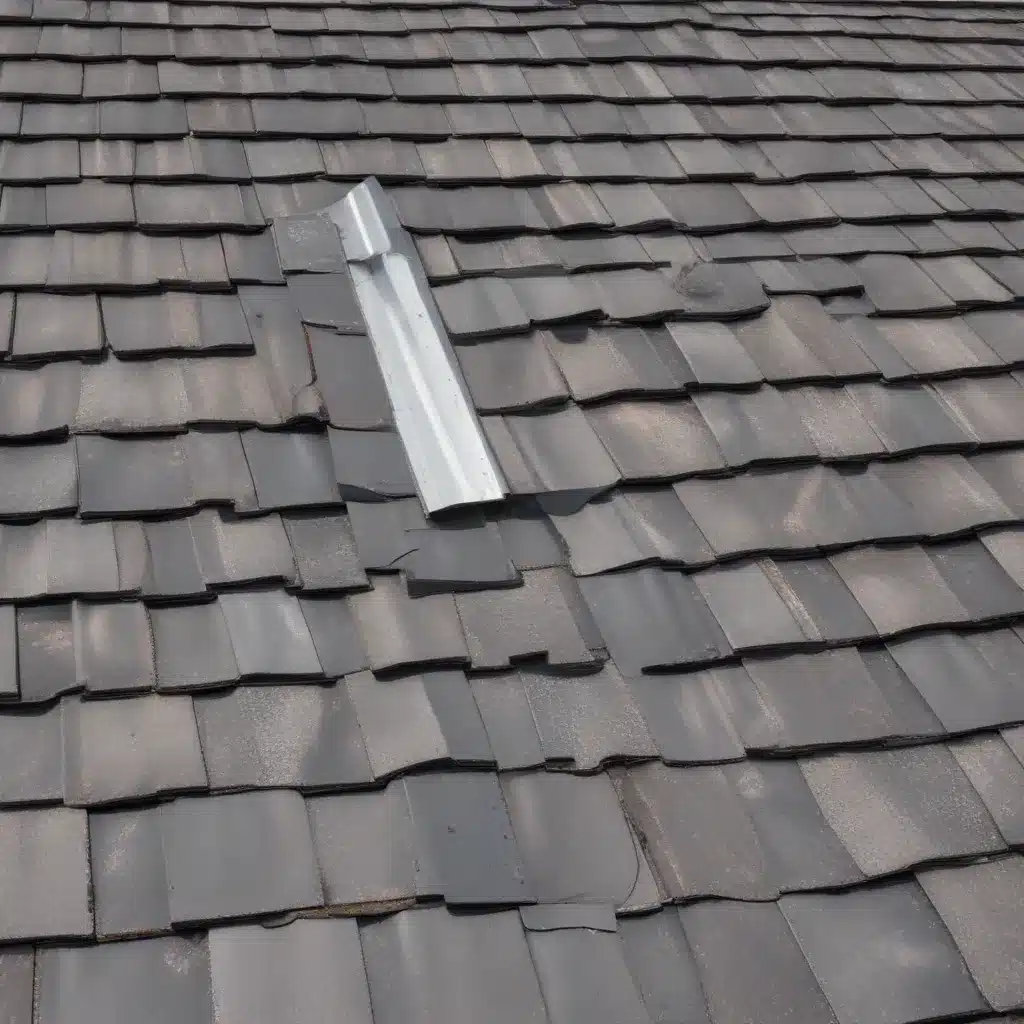
As an experienced roofing contractor, I’ve seen firsthand the critical role that roof flashing plays in maintaining the integrity and longevity of a home’s roofing system. Whether you’re a homeowner looking to ensure your roof remains watertight or a builder aiming to construct a durable, energy-efficient structure, mastering the art of roof flashing installation is a must.
Understanding the Essence of Roof Flashing
Roof flashing is the unsung hero of roofing, a series of thin, waterproof materials strategically placed at the intersections, joints, and penetrations of a roof. Its primary function is to direct water away from these vulnerable areas, preventing it from seeping into the building’s interior and causing costly damage.
Flashing materials, typically made of galvanized steel, aluminum, copper, or even rubber, are designed to integrate seamlessly with the roof’s main covering, be it shingles, tiles, or metal panels. By creating a watertight barrier, flashing safeguards the roof deck, insulation, and interior spaces from the detrimental effects of water intrusion.
The Critical Components of Roof Flashing
When it comes to roof flashing, there are several key components that work together to ensure a fully protected roof system:
Valleys
Where two roof planes meet, forming a natural path for water, valley flashing is essential for channeling the flow and preventing leaks.
Chimneys
The base of the chimney, where it pierces the roof, is a prime target for water infiltration. Proper chimney flashing is crucial for creating a tight seal and diverting moisture away.
Vents and Skylights
Any roof penetrations, such as plumbing vents, HVAC units, or skylights, require specialized flashing to maintain a weatherproof barrier.
Eaves and Rakes
The edges of the roof, particularly vulnerable to water ingress, necessitate the installation of drip edge and rake edge flashing to guide water into the gutters.
Proper Flashing Installation: A Watertight Solution
Correctly installing roof flashing is a meticulous process that requires attention to detail and a deep understanding of roofing materials and techniques. Reputable roofing contractors, such as the professionals at https://roofersmidland.com/, possess the expertise to ensure that every aspect of the flashing system is integrated seamlessly with the roof’s primary covering.
Continuous Flashing
For long, vertical walls where the roof meets a side wall, continuous flashing provides a singular, uninterrupted barrier against water intrusion.
Step Flashing
Consisting of overlapping pieces that are woven into the roof shingles, step flashing creates a stair-like pattern that guides water away from the vulnerable areas.
Drip Edge
Installed at the eaves and rakes, drip edge flashing directs water off the roof and into the gutters, preventing it from running down the fascia board.
Valley Flashing
Protecting the valleys where two roof planes meet, valley flashing is essential for channeling water flow and preventing pooling or backflow.
Experienced roofers ensure that each of these flashing components is properly integrated with the roofing materials, accounting for the unique challenges and requirements of the specific roof design. By selecting high-quality flashing materials and employing best installation practices, they create a watertight barrier that stands the test of time.
The Importance of Flashing Maintenance
Roof flashing is not a “set it and forget it” component of your roofing system. Regular inspections and maintenance are crucial for ensuring its continued effectiveness. Homeowners should keep an eye out for any signs of deterioration, such as cracks, gaps, or rust, and address them promptly to prevent water infiltration.
During routine roof maintenance or inspections, it’s important to check the condition of the flashing, especially around high-risk areas like chimneys, skylights, and valleys. Resealing any gaps or cracks with a high-quality sealant can help extend the life of the flashing and the overall roof system.
Energy-Efficient Roofing Solutions
Roof flashing plays a vital role not only in preventing water damage but also in improving the energy efficiency of a home or building. Properly installed flashing can help minimize air leaks and enhance the effectiveness of insulation, leading to lower energy costs and a more comfortable indoor environment.
For example, when flashing is integrated with a roof’s ventilation system, it can improve airflow and reduce the risk of moisture buildup, which can compromise insulation performance. Additionally, certain flashing materials, such as metal, can reflect heat, further enhancing the roof’s thermal efficiency.
Navigating Roofing Trends and Industry Innovations
As the roofing industry continues to evolve, homeowners and builders alike should stay informed about the latest trends and advancements in roof flashing technology. From self-sealing flashing tapes to preformed flashing systems, innovative solutions are constantly emerging to make the installation process easier and more effective.
By partnering with experienced roofing contractors who stay up-to-date with industry best practices and new products, you can ensure that your roof flashing installation not only meets current safety standards but also takes advantage of cutting-edge energy-saving features and long-term durability.
Conclusion
In the world of roofing, roof flashing is the unsung hero that safeguards the integrity of your home or building. By understanding its critical role, mastering the installation process, and committing to regular maintenance, you can ensure that your roof remains watertight, energy-efficient, and protected against the elements for years to come.
Whether you’re a homeowner seeking to upgrade your existing roof or a builder aiming to construct a durable, high-performance structure, https://roofersmidland.com/ is here to guide you through the process of seamless roof flashing installation. With our expertise and commitment to quality, you can rest assured that your roof will withstand the test of time and provide you with the peace of mind you deserve.

